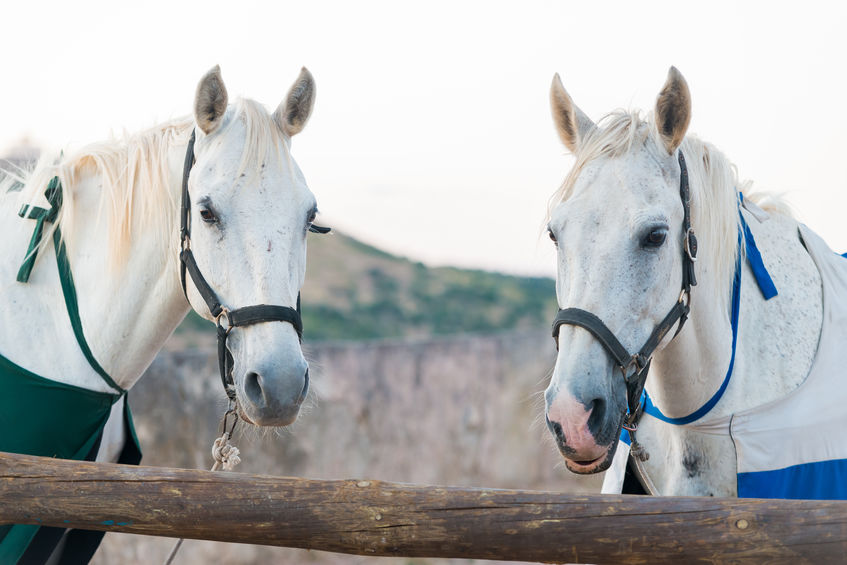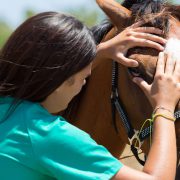Caudal cervical vertebral morphological variation is not associated with clinical signs in Warmblood horses
Caudal cervical vertebral morphological variation is not associated with clinical signs in Warmblood horses

our summary:
Veraa, S. et al. (2019) Caudal cervical vertebral morphological variation is not associated with clinical signs in Warmblood horses. Equine Veterinary Journal, [early view]
The aims of this retrospective case-control study were to compare the frequency of morphologic variation in cervical vertebrae of adult Warmblood horses with and without clinical signs related to the neck, and to determine if there is an association between morphologic variation at cervical vertebrae C6 & C7 and clinical signs.
Cervical radiographic examinations of 377 adult Warmblood horses from two veterinary centres in the Netherlands were included in the study: 245 case horses (with and without clinical signs) and 132 control horses (without clinical signs, and radiographed during pre-purchase examinations).
All the radiographic data was examined by one board-certified radiologist, who was not blinded to the clinical data. The clinical data was reviewed by a number of surgeons and internal medicine specialists as well as residents under their supervision. The horses were classified under the following case group definitions: A1 horses with at least one clinical sign, A2 horses with spinal ataxia, A3 horses with cervical pain on palpation, and A4 horses with lameness.
Analysis of the data showed 58/245 of the case horses and 50/132 of the control horses had morphologic variation at C6 and C7. Degenerative joint disease (DJD) was scored as present in 63 horses (39 in the group with clinical signs, and 24 in the group without).
There was an apparent negative relationship between morphological variation at C6 and C7 and the presence of clinical signs, with more morphological variations present in the control horses than in horses in case classifications A1, A2 and A3.
Limitations include the retrospective nature of the study; the fact that radiographic examinations were reviewed by only one radiologist, who was not blinded to the clinical data; and possible selection bias since the two groups of horses were presented to different types of clinics for different reasons.
Results from this study suggest that morphologic variation in the caudal cervical spine of Warmbloods is not necessarily associated with clinical signs. Therefore the clinical significance of radiographic morphologic variation at C6 and C7 in Warmblood horses is uncertain. Prospective longitudinal studies investigating any possible protective effect of morphologic variation at C6 and C7 are encouraged.
Image copyright attribute: pyotr / 123RF Stock Photo
Join the discussion
We encourage discussion on all material highlighted in each edition of inFOCUS. Use the button below to join the conversation on Twitter and include your comment in the feed for this issue.





Leave a Reply
Want to join the discussion?Feel free to contribute!